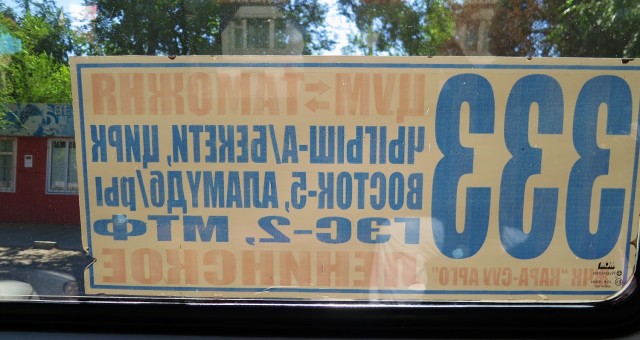How to get from Almaty to Bishkek
You're in Almaty and you're heading to Bishkek! Cool! We spent a year in Bishkek and travelled frequently between the two capitals. We thought this post might be useful for anyone planning to make this trip for the first time. We prefer to go by marshrutka (shared minibus) and recommend this way because it's easy, inexpensive (about 1,300 KTZ) and it's pretty quick (about 5 hours). In Almaty, how do I reach the long-distance bus station from the city center? Marshrutkas to Bishkek depart from Almaty's long-distance Sairan bus station (международный автовокзал Сайран). The bus station…continue reading →
